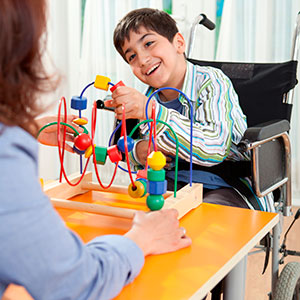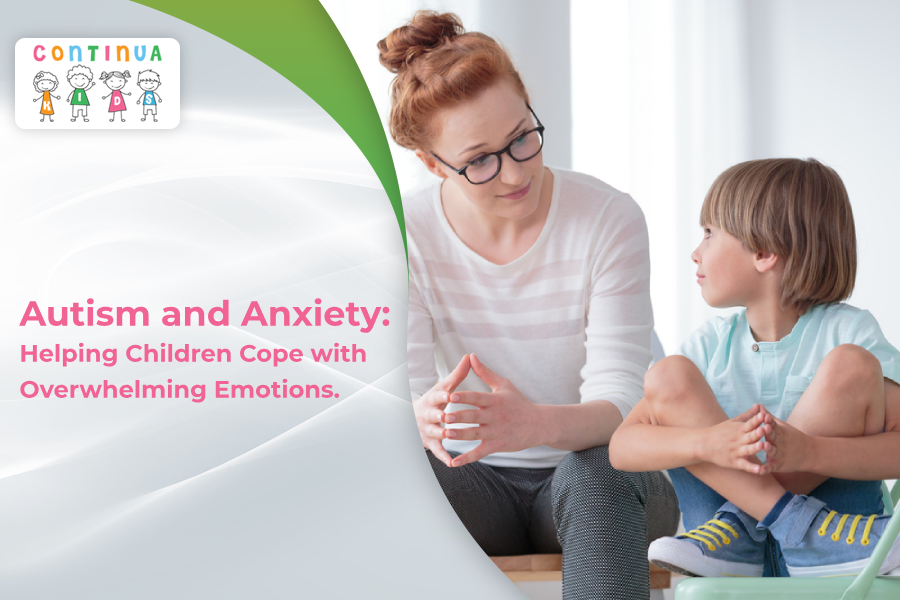What are the causes of cerebral palsy?
CP is caused by a brain injury or brain malformation due to prematurity, infection, hypoxia, haemorrhage, jaundice or metabolic etc.
Injury or malformation can happen while the child’s brain is under development, before or during a baby\’s birth, or during the first 3 to 5 years of a child\’s life. This brain damage also can lead to other health issues including vision, hearing, and speech problems and learning disabilities
What are the clinical features or symptoms of Cerebral Palsy?
The symptoms of cerebral palsy vary with each affected child, caused by the extent of the lesion. The type of movement dysfunction, the location, number of limbs involved, as well as the extent of impairment varies from one individual to another. CP affects muscles and a person’s ability to control them. Muscles can contract too much, too little, or all at the same time. Limbs can be stiff and forced into painful, awkward positions. Fluctuating muscle contractions can make limbs tremble, shake, or writhe.
Common clinical features of an individual with cerebral palsy include: Stiff or tight muscle tone; Walking on toes; Dragging of one limb; Scissored gait; Crouched gait; Lack of coordination of muscles; Floppiness of body.
What are the associated features of CP?
The brain damage that causes CP also can affect other brain functions and lead to additional medical issues, such as visual impairment, hearing loss, gastroesophageal reflux, bowel and bladder control issues, sleep disorders, osteoporosis, hip dislocation, scoliosis and behaviour problems. Seizures, speech and communication problems, and intellectual disabilities are more common among kids with CP.
What are the types of cerebral palsy?
Spastic Diplegia: It is bilateral spasticity of the legs greater than the arms. It is elicited by difficulty in changing of the diaper, scissoring of the lower limbs when suspended by axilla, dragging of the lower limbs while crawling.
Spastic Quadreplegia: It is the most severe form of CP, associated with marked disability of all limbs. It is commonly associated with seizures, vision and hearing issues, swallowing difficulties, recurrent pneumonias, drooling etc.
Hemiplegic Cerebral Palsy: There is weakness of one side of the body. Since birth the child prefers using one side more than the other side. It is generally noticed when the child starts walking dragging the weaker side.
Dystonic Cerebral Palsy: Affected infants are characteristically hypotonic with poor head control, and variable tone with rigidity and dystonia. Speech is typically affected with preserved intellect. It is caused by kernicterus (secondary to high levels of bilirubin) or near total intrapartum asphyxia.
How is CP diagnosed?
CP may be diagnosed very early in an infant known to be at risk for developing the condition because of premature birth or other health problems. Doctors, including developmental paediatricians and neurological specialists, usually watch kids closely after birth so that they can identify and address any developmental delays or problems with muscle function that might suggest CP.
Diagnosis is usually clinical with supportive evidence from MRI of the brain. Additional testing includes hearing and visual function test, electroencephalogram.
What is the treatment for CP?
Cerebral palsy cannot be cured, but treatment will often improve a child\’s capabilities.
• Early intervention, supportive treatments, medications and surgery can help many individuals improve their muscle control.
• Treatment includes physical and occupational therapy, speech therapy
• Drugs are used to control seizures, relax muscle spasms and alleviate pain.
• Surgical interventions can be done to correct anatomical abnormalities or release tight muscles.
• Braces and other orthotic devices can be used to mobilise the child.
<img class=\”cke_iframe\” title=\”IFrame\” src=\”data:image/gif;base64,R0lGODlhAQABAPABAP///wAAACH5BAEKAAAALAAAAAABAAEAAAICRAEAOw==\” alt=\”IFrame\” align=\”\” data-cke-realelement=\”%3Ciframe%20width%3D%22560%22%20height%3D%22315%22%20src%3D%22https%3A%2F%2Fwww.youtube.com%2Fembed%2FxoE7GpJRcH8%22%20frameborder%3D%220%22%20allowfullscreen%3D%22%22%3E%3C%2Fiframe%3E\” data-cke-real-node-type=\”1\” data-cke-real-element-type=\”iframe\” data-cke-resizable=\”true\” />




